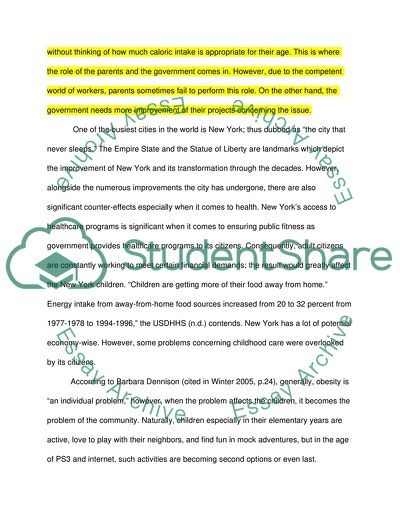Cite this document
(Fast foods, Healthy Choices, and Kids - Weight Impact Research Paper, n.d.)
Fast foods, Healthy Choices, and Kids - Weight Impact Research Paper. Retrieved from https://studentshare.org/health-sciences-medicine/1745018-child-obesity
Fast foods, Healthy Choices, and Kids - Weight Impact Research Paper. Retrieved from https://studentshare.org/health-sciences-medicine/1745018-child-obesity
(Fast Foods, Healthy Choices, and Kids - Weight Impact Research Paper)
Fast Foods, Healthy Choices, and Kids - Weight Impact Research Paper. https://studentshare.org/health-sciences-medicine/1745018-child-obesity.
Fast Foods, Healthy Choices, and Kids - Weight Impact Research Paper. https://studentshare.org/health-sciences-medicine/1745018-child-obesity.
“Fast Foods, Healthy Choices, and Kids - Weight Impact Research Paper”, n.d. https://studentshare.org/health-sciences-medicine/1745018-child-obesity.


